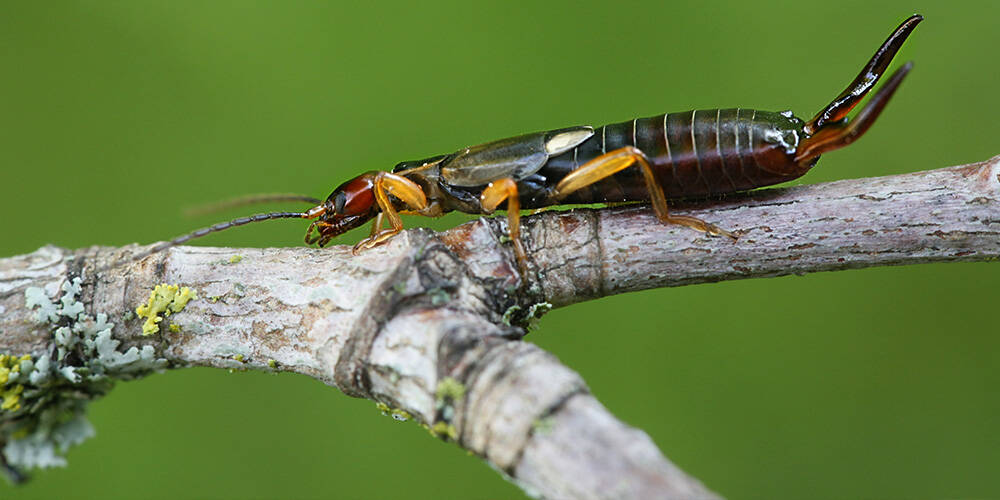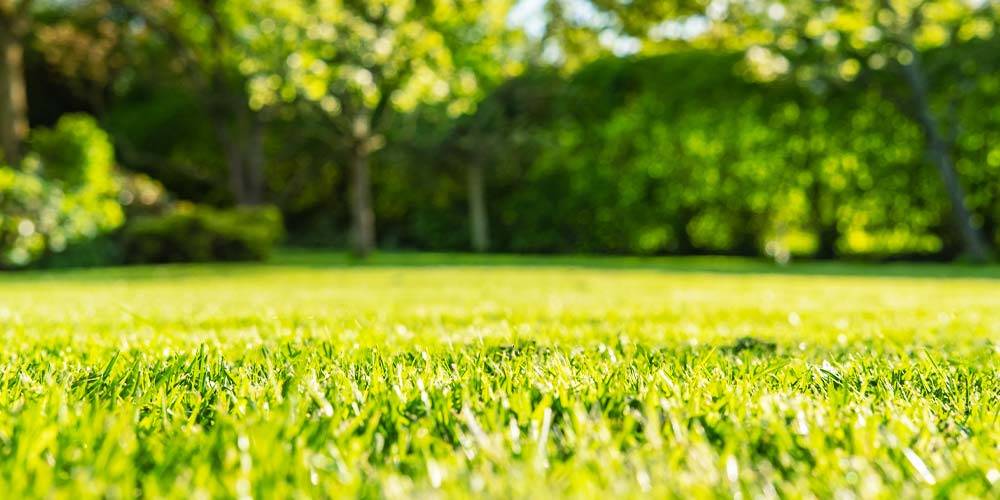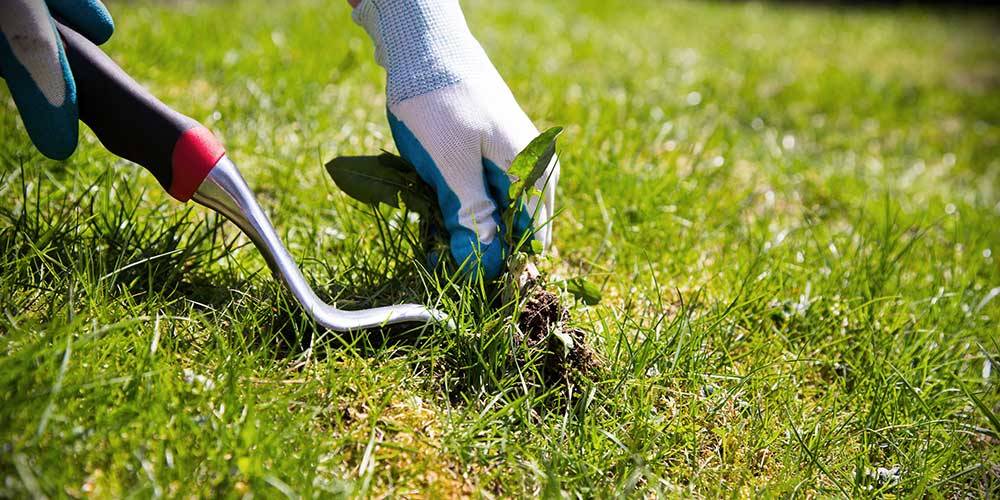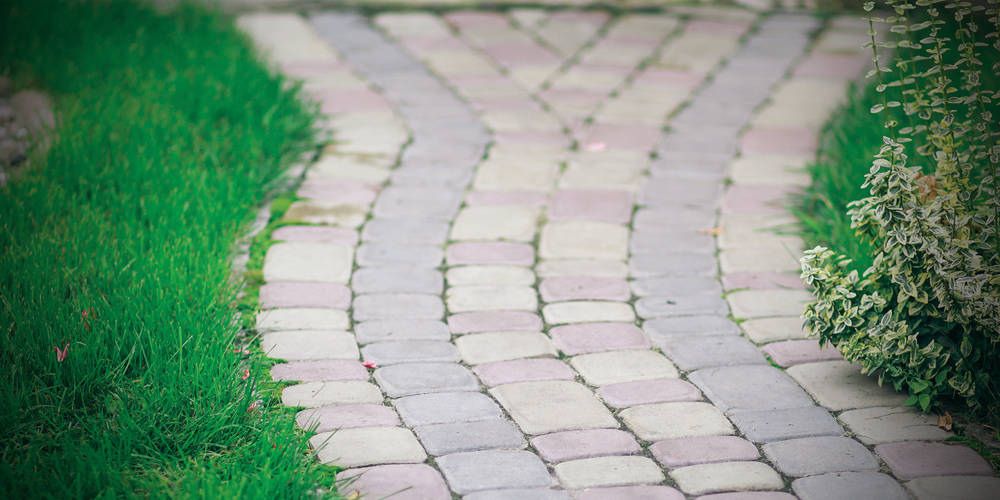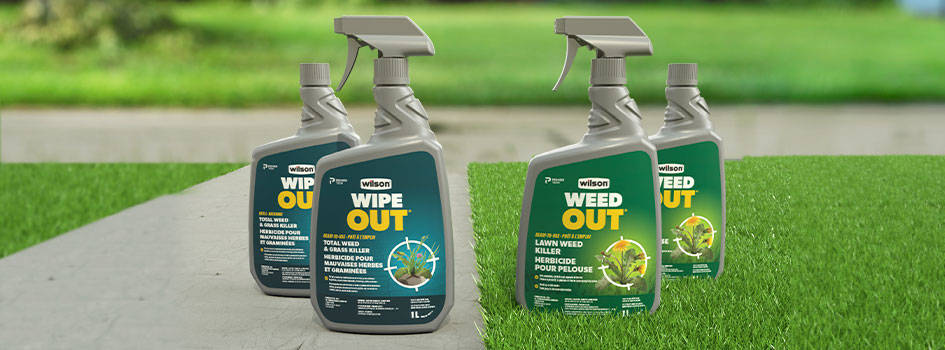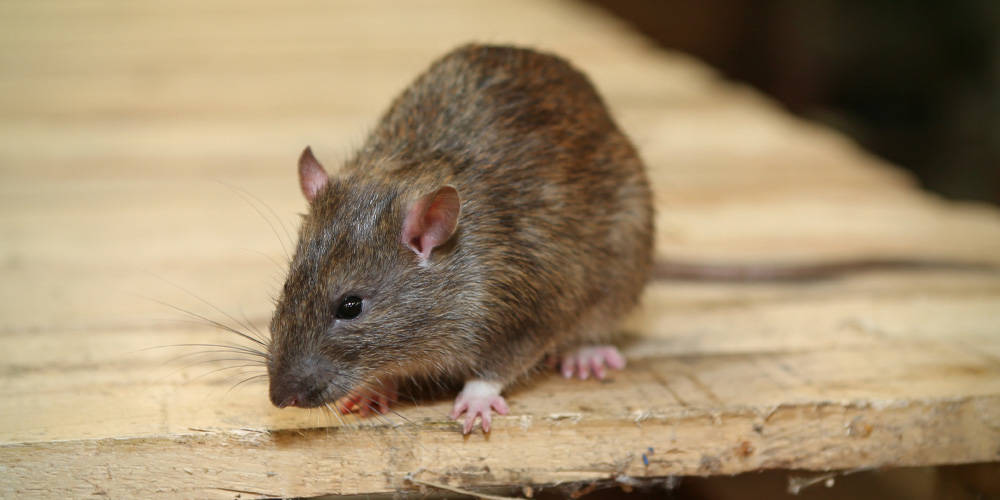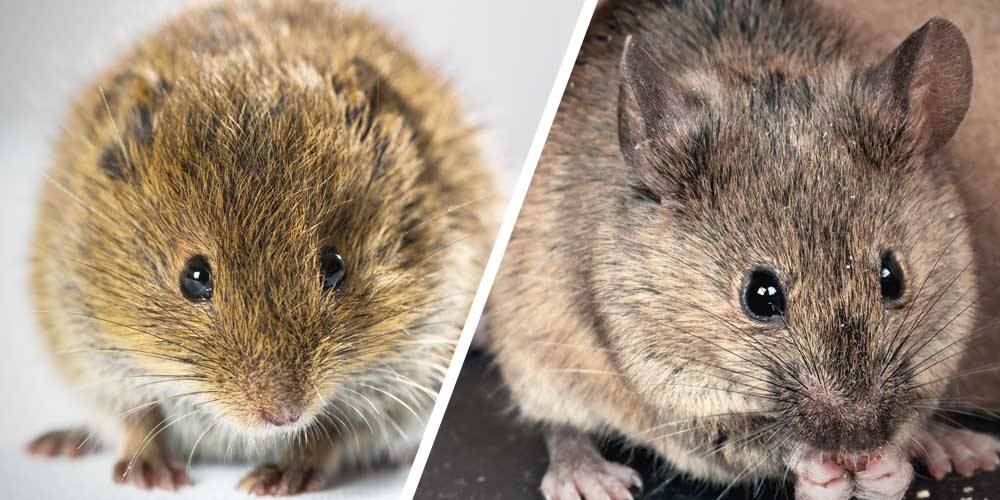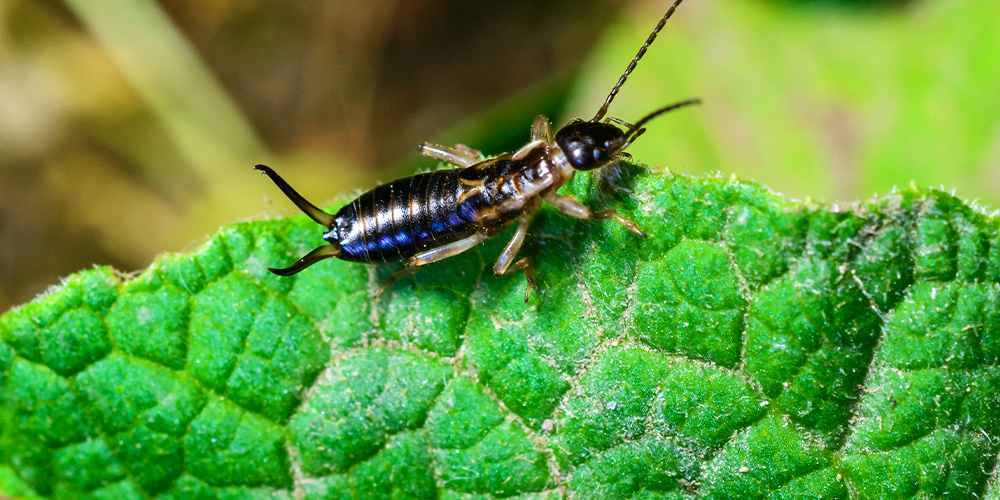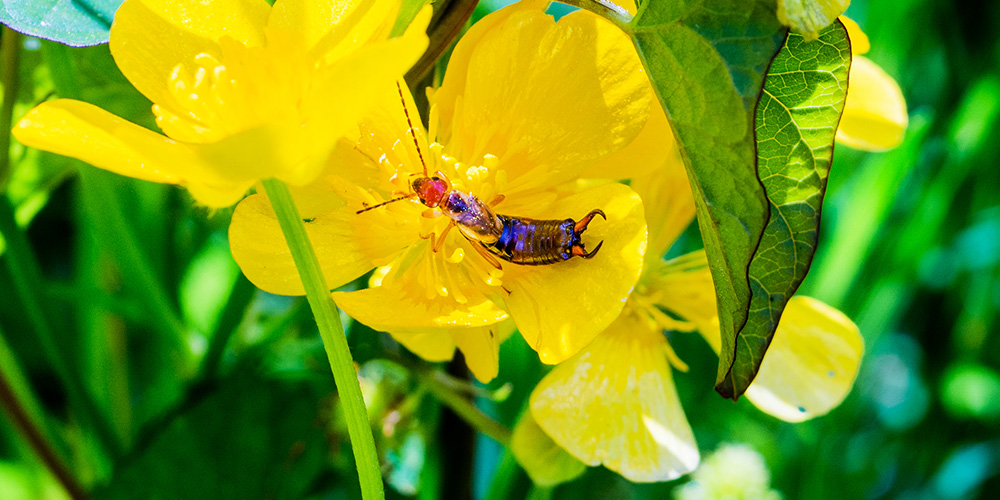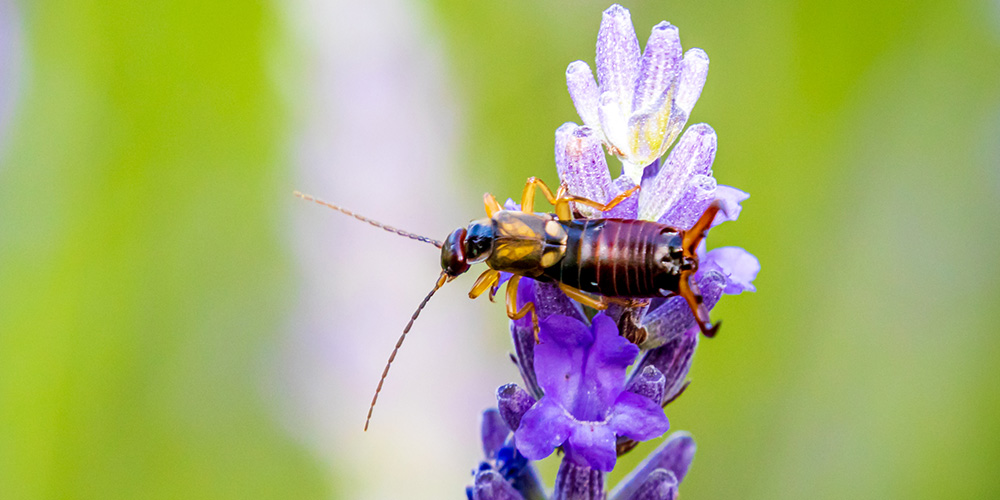There’s something creepy about earwigs. Maybe it’s the way they slither quickly to hide when disturbed. Or maybe it’s seeing those fearsome-looking back pincers that might bite you (false!). Or it’s their reputation of crawling into your ear when you are sleeping and laying eggs in your brain (also false!). Earwigs do get a bad rap.
Are earwigs good to have around?
In fact, earwigs are considered as both beneficial and destructive, depending on the population.
They are considered beneficial when they eat dead plant debris that they find on the garden floor and under containers. They also eat insects, such as aphids, insect larvae and slug/snail eggs. But on the other hand, earwigs are considered destructive when they start chewing holes in plant leaves and flowers. Bottom line: they are beneficial until they start damaging your plants.
This flat brown insect is about ¾” long (1.9 cm) with long antennae in front and curved pincers in the back. The pincers are for defense or to attack live insects. If you pick up an earwig, it may try to pinch you but cannot penetrate your skin. And they do not crawl in your ear while you sleep.
What is the lifespan of an earwig?
Earwigs mate in the fall and overwinter together in specially constructed nests. Very cold winters could affect their survival rate, which is why some summers you don’t see as many. In the spring, the female evicts the male and lays her eggs.
The females are quite maternal, which is not often seen in the insect world. The female stays in the nest tending to her eggs and nymphs until they can fend on their own, usually emerging from late May to early June. Young earwigs mature as fully grown adults by late June and early July. That’s when you start seeing them more. They live about one year outdoors.
Hiding during the day and coming out at night
Earwigs are active at night, coming out every evening to search for food. As soon as dawn approaches, they look for damp, sheltered spots to spend the day. They gravitate towards moist areas with dead leaves, firewood, boards, welcome mats, stones, mulch, garden rubbish, or in rotted wood. You might see earwigs hiding in and under flower pots, as well as inside some tight leafy vegetables, such as lettuce and cabbage. They may look to hide in moist cracks and crevices in your house.
Why do I have earwigs in my house?
If you find earwigs in the home, they are usually considered accidental invaders. They might find their way in through the crevices in your building, such as where utility pipes and cables go through the foundation, or poorly sealed doorways and windows. Sometimes they come in as hitch hikers on your harvested vegetables or flowers. Once indoors, earwigs don’t usually live too long. Sometimes they turn up in unusual places, like food, clothing or even between bed covers.
What is the best way to get rid of earwigs?
They are not known to be harmful, do not spread diseases, do not damage homes, and do not reproduce indoors. But they’ll still creep you out and are considered a nuisance. Once in, they will typically gravitate to dark, moist areas. Best to treat those areas as well as any potential entry points with Wilson CRAWL OUT Crawling Insect Killer. Follow the directions on the label.
There are some preventative tasks that you could do to keep earwigs from coming inside in the first place:
- Sealing or caulking any potential entry points from outside
- Ensuring door sweeps are sealing the door base
- Making sure that windows are screened
- Try to keep moisture away from the foundation, by eliminating damp conditions
- Check your outdoor taps and air conditioning units for leaks
- Channel water from downspouts away from the house
Hot to control earwigs in the garden?
If you find that earwigs are chewing on your plants, you can use simple traps to reduce the population. Since they hide during the day, you never see them unless disturbed. Use that to your advantage.
If you place boards, newspaper sections or cardboard flat on the ground in your garden before dusk, earwigs will congregate under these items before dawn. Lift each trap item every morning. Have Wilson BUG-X OUT Insecticidal Soap ready in one hand and spray them immediately. Repeat this every day until the pest is no longer an issue. You must be quick to get them before they scatter.
